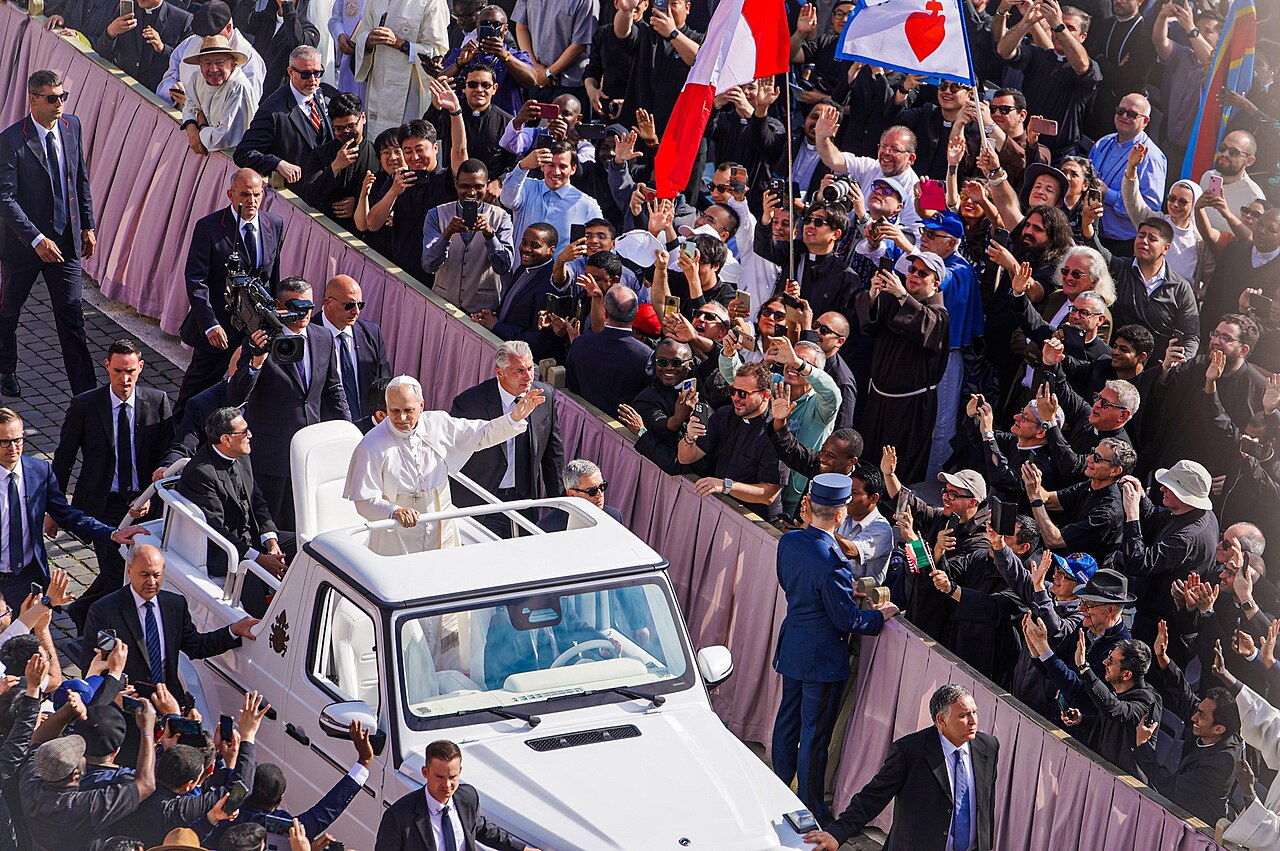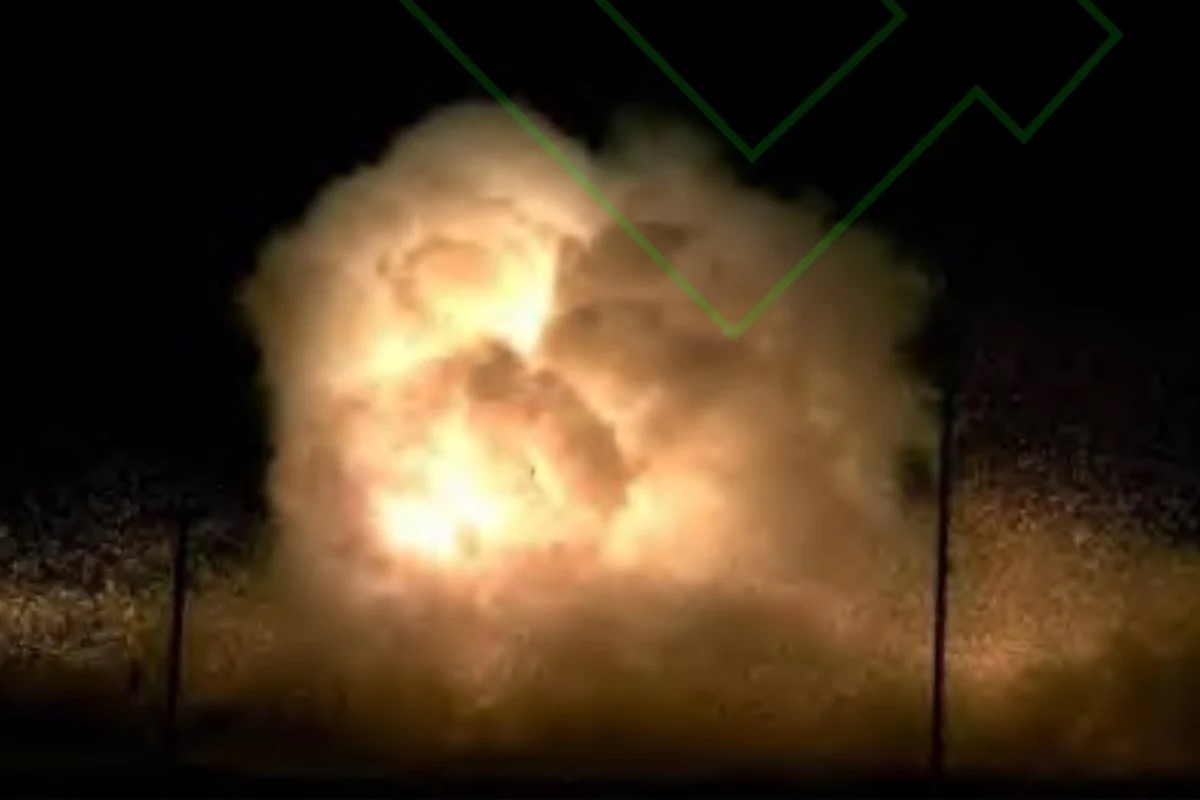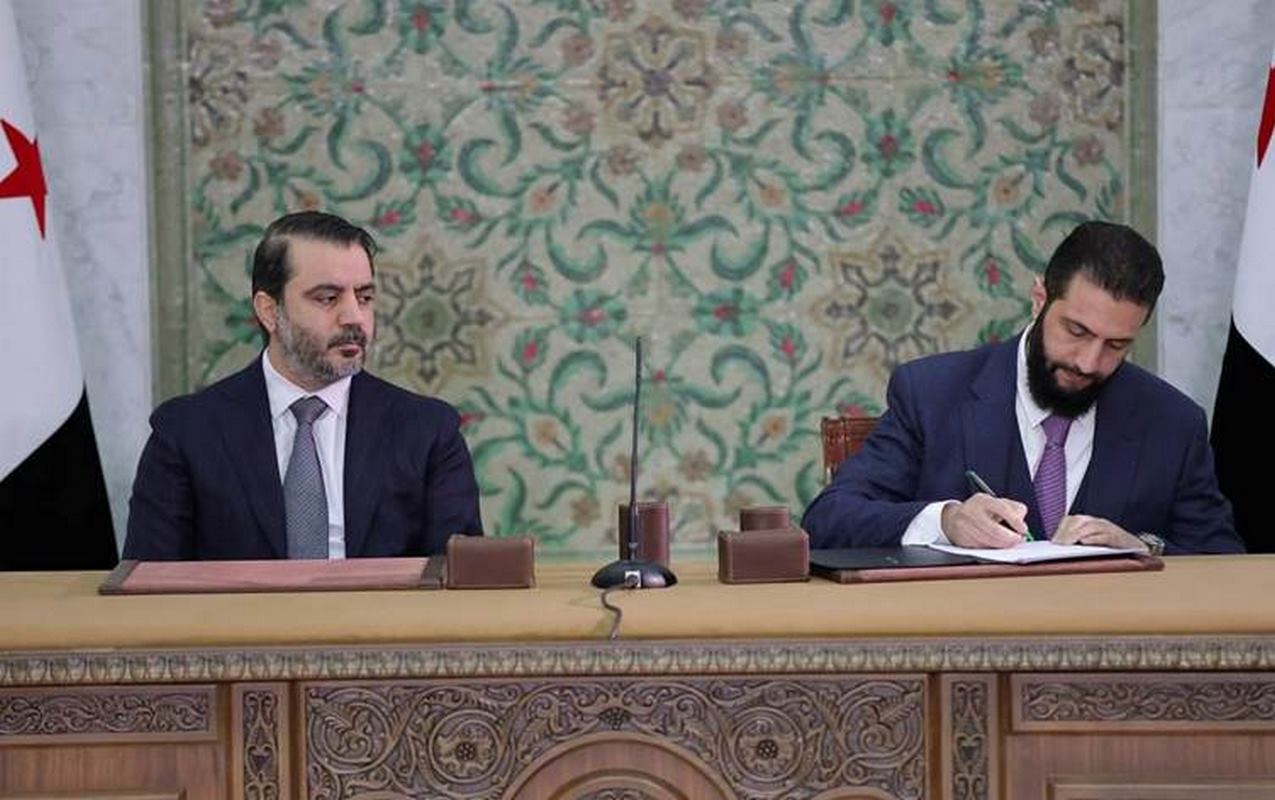PICTURED: Paratroopers from the 82nd Airborne Division get off a C-17 Globemaster aircraft at Rzeszów-Jasionka Airport, Poland, on Feb. 6 to join the efforts in support of the European Deterrence Initiative.
MOSCOW, Russia. February 8th, 2022. Kremlin spokesperson Dimitry Peskov told reporters today that a recent meeting between presidents Vladimir Putin and Emmanuel Macron did not create any kind of deal to ease tensions over Ukraine. Macron was visiting his opposite number in Moscow to get a better read on Russia’s intentions in the region following stalemate-talks in mid January.
“Of course, The Financial Times was wrong, essentially wrong,” Peskov insisted. “Given the current situation, Moscow and Paris could not have struck any deals. It is simply impossible”.
Lacking the surety of Peskov, Macron did say to reporters ahead of a meeting with Ukrainian president Volodymyr Zelensky that he offered “concrete security guarantees” to the Russian president, and that “the next few days will be decisive and will require intensive discussions which we will pursue together”.
Recent dreadful tensions over the security situation in Ukraine has the NATO military bloc dealing with a Kremlin that is no longer content with the status quo of the growing military encirclement of western Russia expanding to Ukraine and Georgia, while NATO fears a Russian reaction could result in an invasion of Ukraine based on unproven and now unfounded predictions from American intelligence services.
Now well-beyond day 40 of the current crisis and the French president seems to be rolling up his sleeves whereas most other NATO country heads remain reluctant to hear a word out of Russia.
One-sided story
On January 29th, the New York Times front page reported “Russian Troops Mass in Belarus,” at that “it’s a fast 140 miles down a newly paved highway to Kyiv”. Meanwhile on the 3rd of February, two-thirds of Ukrainian army servicemen and irregulars, totaling more than 150,000, were amassed along the Donbas contact line reported Eduard Basurin, spokesman for the self-proclaimed Donetsk People’s Republic (DPR) militia. The DPR voted in plebiscite to join Russia with more than three-fourth’s majority supporting the move, but Putin denied them entry into the Federation.
The first of 2,700 U.S. troops have arrived in Europe as part of a plan that could see 50,000 in total be deployed to reinforce eastern flank countries, which also went largely unreported.
This divide in attention: between what the Russian military is doing and what the NATO bloc is doing, is apparent elsewhere. Also on February 3rd, and perhaps more telling than the show of force along the disputed border, was the Ukrainian foreign minister’s attendance, for the first time, at the security meeting of the NATO eastern flank countries termed the Bucharest 9 (Bulgaria, Estonia, the Czech Republic, Hungary, Latvia, Lithuania, Poland, Romania and Slovakia) which together make up the states which border Russia, Belarus, and Ukraine.
All the present ministers at the meeting unsurprisingly agreed that Russia’s aggressive actions pose a threat to the security not only of Ukraine but also of other central European countries and the Euro-Atlantic area in general.
“A number of the Bucharest Nine countries said that at the request of Ukraine, they are preparing solutions that will help strengthen Ukraine’s defense capabilities, cyber defense and economic stability,” reports Antibellum.
The Bucharest 9 was created in 2015, perhaps as a result of the seizing of Crimean, in order to strengthen eastern NATO security.


